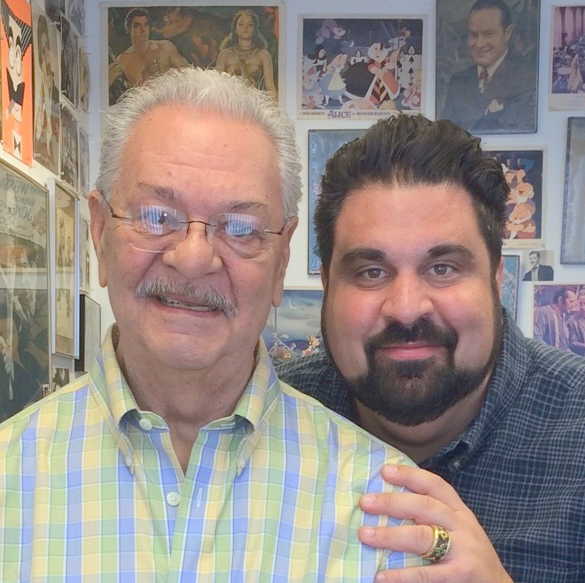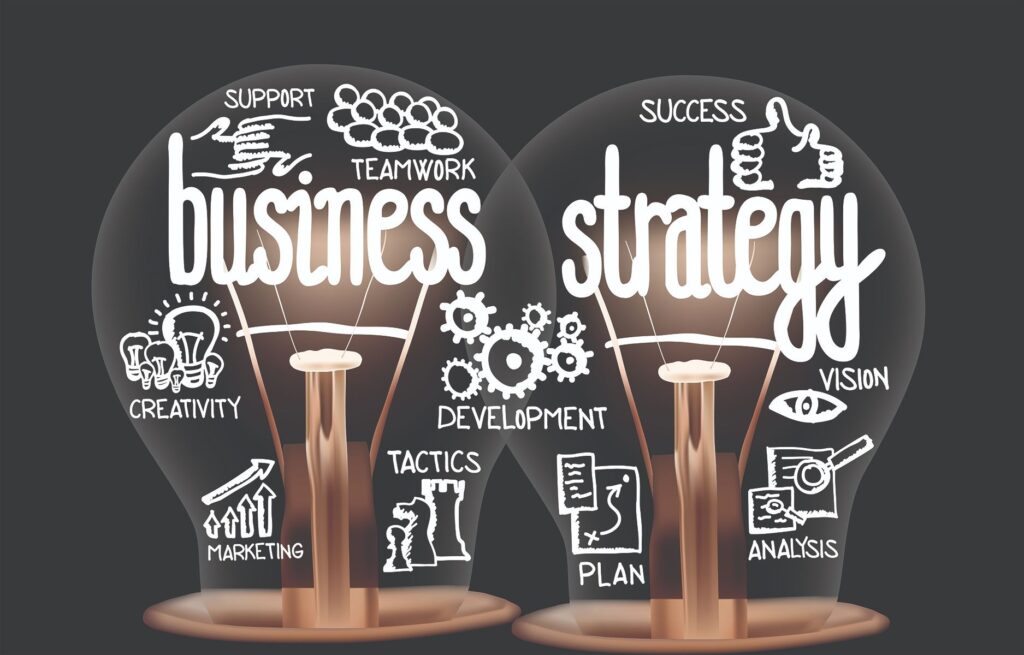A lifetime of learning from a retail pioneer
When anyone asks me how long I have been involved with lighting for retail store rollouts, I just say my age. As a second-generation lighting professional, retail lighting was ingrained in me since birth. I was fortunate to have a wonderful mentor who also happened to be my father. He passed away last summer, but the lessons that he taught me live on. I would like to share some of that wisdom as well as my own journey with the lighting community. In retail rollout circles, my dad, William Pierro, Sr., would be considered a pioneer. Years ago, national accounts weren’t the known entity they are today. Even after 50 years, we believe LIDO’s niche in this category is still viable and tends to be more personal.
As a kid, I heard names like Thom McAn, Hit or Miss, Kinney Shoe, and Melville Corporation, but Woolworth was the “big cheese” back then. The company’s lighting mantra, or so I was told, was “We ain’t bright, we ain’t open.” By being bright, Woolworth was communicating that it was both open for business and selling goods at a discount. The lighting helped create an understanding between the store and its customers, just like when a brand such as Rolex uses warm tones and controlled light levels to create a more luxurious and intimate setting.
Woolworth held many brands under its moniker including Foot Locker. My father stressed that the economy is circular, and that we must shop at the stores that bought lights from our company. Without the Internet back then, if the Foot Locker in my area didn’t have my size, we were driving to the next town. This is what you do when you live retail.
As I have gotten older, and I hope wiser, I have seen my perspective change and evolve. Until I had my own child, I “thought” I knew how my life and emotions would change, but I really had no idea. The same was true for lighting design. I didn’t know it at the time, but my father had a plan for shaping this perspective. First, being the boss’s son means that you must work harder than anyone to earn respect. That kind of work ethic, along with a career path where I sat at every desk in the company for over a year, contributed to my success.
After college, I started in the warehouse performing inventory counts, packing boxes and filling orders on pallets. Learning how the jobsite received materials added to my knowledge tree. Even at this level, the design can be affected. Does the product come in multiple boxes that can get lost? Is it fragile? How does it show up onsite? The answers to these questions might be considered a small factor in design, but they helped me be considerate of people along the path to team success.
My next station was answering the phones at reception. This job helped hone my listening skills. Being attentive as customers shared their concerns, feelings and requests is exactly what we do when onboarding a new design concept. More listening, less talking (which isn’t easy for me) has helped me understand what the designers and architects want for their spaces. It also taught me to respect every caller, since I never know who might be on the line.
Then, I served as a project manager, where I placed orders and tracked them to the jobsite. In doing so, I was able to speak with various brands and engage with various personalities. I gained knowledge about what brands tend to fail and which products suffered from problematic installations. I remember handling a product at a table-top one way and then differently when I was on a ladder. Now that I help select products, I try to think of the pitfalls the field may have to encounter. That pretty manufacturer brochure won’t help you in the field. If it’s not field-proven, it shouldn’t be considered for a long-term rollout. I learned first-hand about the best brand partnerships: What might work for a one-off flagship store, might not work as well in repetition across the country.
My biggest jump in lighting education came when I joined the Estimating team. This is where I learned about price levels for each brand and what extra components are necessary to make a project run smoothly. During that time, the NCQLP released the Lighting Certified (LC) credential. I was honored to be in one of the first groups to gain that accreditation, and I maintain it to this day. When I was with the Estimating team, I stayed late to review the professional lighting designers’ submittals, what manufacturers they chose and why. I reviewed the details and cross-sections for real application. I am sure that many of us in the industry observe what has been successful elsewhere and add it to our solution set.
Each lighting discipline has unique factors to consider. What is good for one market may not be optimal for retail. In one instance, we worked with a national retailer developing a new concept for a 100-store rollout. (Yes, those existed back then!) The retailer hired the A-team in design and architecture, which also came with their own highly touted lighting designer. As we sat beside our client as their advocate, we watched the team present a Rolls Royce-type of lighting brand and a custom-painted track head. Being aware of the client budget and the application is so important to the design process. At the time, this designer may have been able to run circles around me for many architectural projects, but not for retail and the rigors of a rollout.
Back in those days, they used to build the first new concept prototype with all the bells and whistles at least once, before value engineering. We learned so much about what was important and what could be more cost-efficient after we actually saw it. Each member of the design team invested time selecting a specification, so why not see it through? My father taught me to honor specification, and it should be a core value for all lighting designers. The industry has changed, and at times we are challenged to maintain this stronghold. We see more and more projects get VE’d by the trade even before they get past the first stage.
Today, when I start a project with a retailer, I get asked a lot about the perfect lighting for each application. And, of course, I refer to the IES Handbook and its suggested footcandle levels. But for retail, I have learned there might not be a right or wrong. One example that taught me this idea was Abercrombie & Fitch stores. They went from a traditional retail method of general lighting and accent to a completely dark store with only millwork lighting. I knew the guy who made magnetic cover plates to blackout the downlights. They even covered their windows with giant shutters to limit how much people could see inside the store. It seemed ridiculous at first since they weren’t showing their products in the window for attraction. But it was genius, because they had lines outside the store to go see what’s inside. Their lighting, or lack thereof, made an impact on the lure of the brand.
After a quick stop in accounting, my next natural evolution was to become a lighting specifier. I had a desire to absorb what I could learn from the true lighting designers, manufacturers and engineers and wrap it all up into one. This allowed me to build a giant mental Rolodex of brands and solutions for just about any application. When I was young, I was always astonished by how much my father knew. He used to say, “See me in 25 years,” meaning that he possessed the knowledge of 25 years in the trade and one day, after that kind of time and commitment, I would too.

Over the years, I saw technology take its toll on him, as it will on most of us one day. Thinking back, the core of retail lighting featured parabolic fluorescent, low-voltage MR16 and halogen HIR. The big drama at that time was lamp life, and then came CFL and metal halide (MH). Oh, what fun it was to experience ballast failure or wait to see MH reboot. Today, the challenges feel infinite: LED brings more controls protocols, LEED and WELL building certifications, circadian rhythm, UVC and all kinds of color-changing trends.
I am so grateful for my father, who allowed me to develop my own perspective through the years—I feel it is my distinct superpower that I bring to any lighting project. Overall, I hope to be the same type of mentor for others that my father was for me. At LIDO, my father’s photo hangs at the building’s entrance in an ornate, museum-like frame, as a daily reminder of his warm approach to leading a team, and his penchant for having fun. Thanks, Pop.
I read LD+A with honor and respect for the true geniuses in lighting design. I have collected so much knowledge from all of you who have been featured in the magazine through the years. My design armor has many battle scars, and each one is remembered in the next great design. I hope you can gain something from my shared experiences as well.


